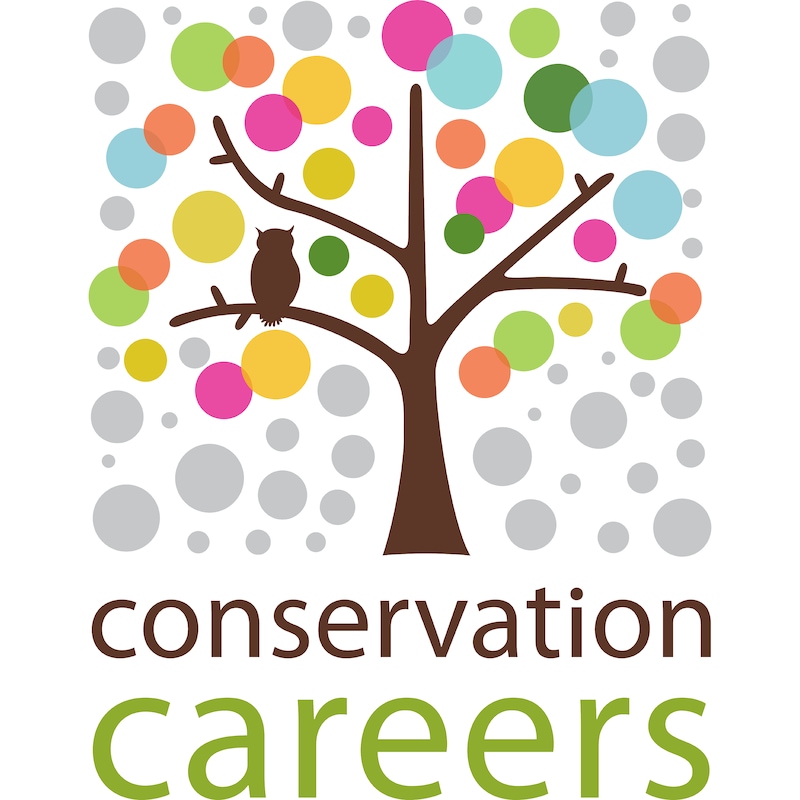We know that carbon in the atmosphere is increasing at an unsustainable rate, and that half of all native tress on earth have been felled.
This is having impacts on our lives, and on wildlife globally.
Recent studies have also shown that we have nearly a billion hectares of land suitable for ecosystem restoration.
That’s space for one TRILLION trees capturing around 30% of the excess carbon in our air.
IF done in the right way, with the right species, in the right places, this could form part of the global solution to climate change.
But with more data available than ever before, how do we make sense of it all to learn about what’s working in restoration and rewilding projects?
How do we put data into people’s hands so they can act more quickly, with more confidence, and have greater impacts?
Today we’re speaking with Andrew Cottam, who’s Head of Geospatial at an exciting new venture called Restor.
A free online platform for the restoration movement, Restor is like a Google Maps for nature.
It connects practitioners with ecological data and builds networks between activists, funders and the public.
And for the first time, major scientific datasets are at the fingertips of conservationists … helping local knowledge to fuel global change.
Since launching just last year, Restor has connected over more than 70,000 restoration sites worldwide.
Helping thousands of local actions to become a global movement, and becoming a runner up in The Earthshot Prize along the way.
So if you want to know more about how technology is helping in the battle to restore life on earth, and how you can get involved in your lives or your careers, listen on.

